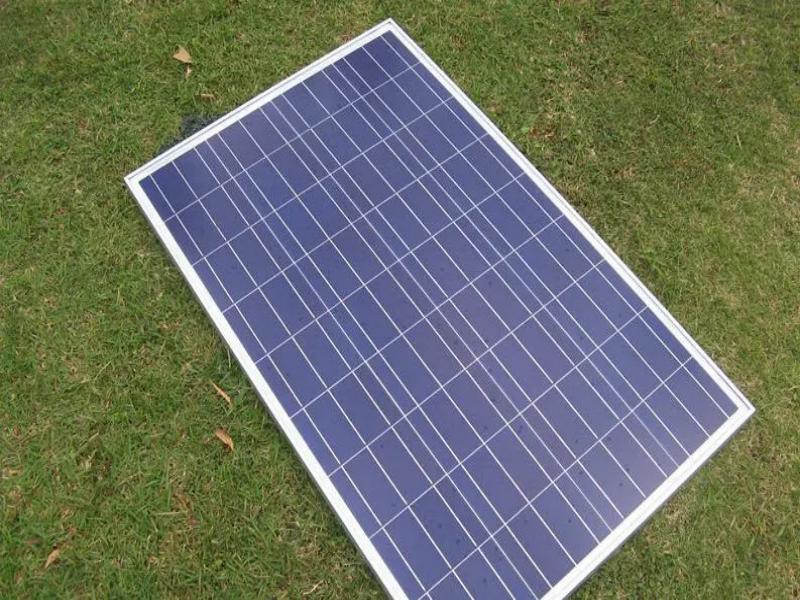When it comes to solar energy, monocrystalline solar panels are one of the most popular and efficient types on the market. Still, many people are curious about the difference between polycrystalline solar panels and monocrystalline solar panels. In this article, we’ll explore the features of both types of solar panels to help you make an informed decision.
First, let’s talk about the difference between monocrystalline and polycrystalline solar panels. Monocrystalline solar panels are made from a single crystal of pure silicon. In contrast, polycrystalline solar panels consist of multiple pieces of silicon fused together to form the panel. The main differences between the two are their efficiency, appearance and cost.
One of the main advantages of monocrystalline solar panels is how efficiently they convert sunlight into electricity. Because they’re made from a single silicon crystal, they have a high degree of purity and uniformity, which allows them to capture more sunlight and generate more energy per square foot. Monocrystalline solar panels are also available in gloss black, providing a visually appealing appearance on the roof.
On the other hand, polycrystalline solar panels are less efficient than monocrystalline solar panels. Since the panels are made from multiple fragments of silicon, their purity and uniformity suffer. This results in lower levels of power output and lower levels of durability. However, polycrystalline solar panels are less expensive than monocrystalline solar panels, making them a more economical choice for some consumers.
There are several other factors to consider when choosing between monocrystalline and polycrystalline solar panels. For example, if you live in a sunny area, more efficient monocrystalline solar panels may be a better choice. However, if you’re looking for a more affordable option, polycrystalline solar panels might be right for you.
Another factor to consider is the space you have available for solar panels. Monocrystalline solar panels are more space-efficient because they produce more power per square foot. If you have a small roof or limited space for solar panel installations, then monocrystalline solar panels could be a better option. However, if you have ample space for your solar panels, then polycrystalline panels could be a viable alternative.
In terms of their environmental impact, both monocrystalline and polycrystalline solar panels are clean and sustainable sources of energy. They generate zero greenhouse gases and reduce your carbon footprint. However, monocrystalline solar panels are slightly more eco-friendly due to their higher efficiency and longer lifespan.
In conclusion, both monocrystalline and polycrystalline solar panels are excellent options for homeowners who want to switch to clean and renewable energy. The key differences between these two types of solar panels lies in their efficiency, appearance, and cost. By examining your energy needs and budget, you can choose the right type of solar panel that suits your home and helps you save money on your energy bills over time.
If you are interested in monocrystalline solar panel, welcome to contact solar panel supplier Radiance to read more.
Post time: Jun-07-2023


